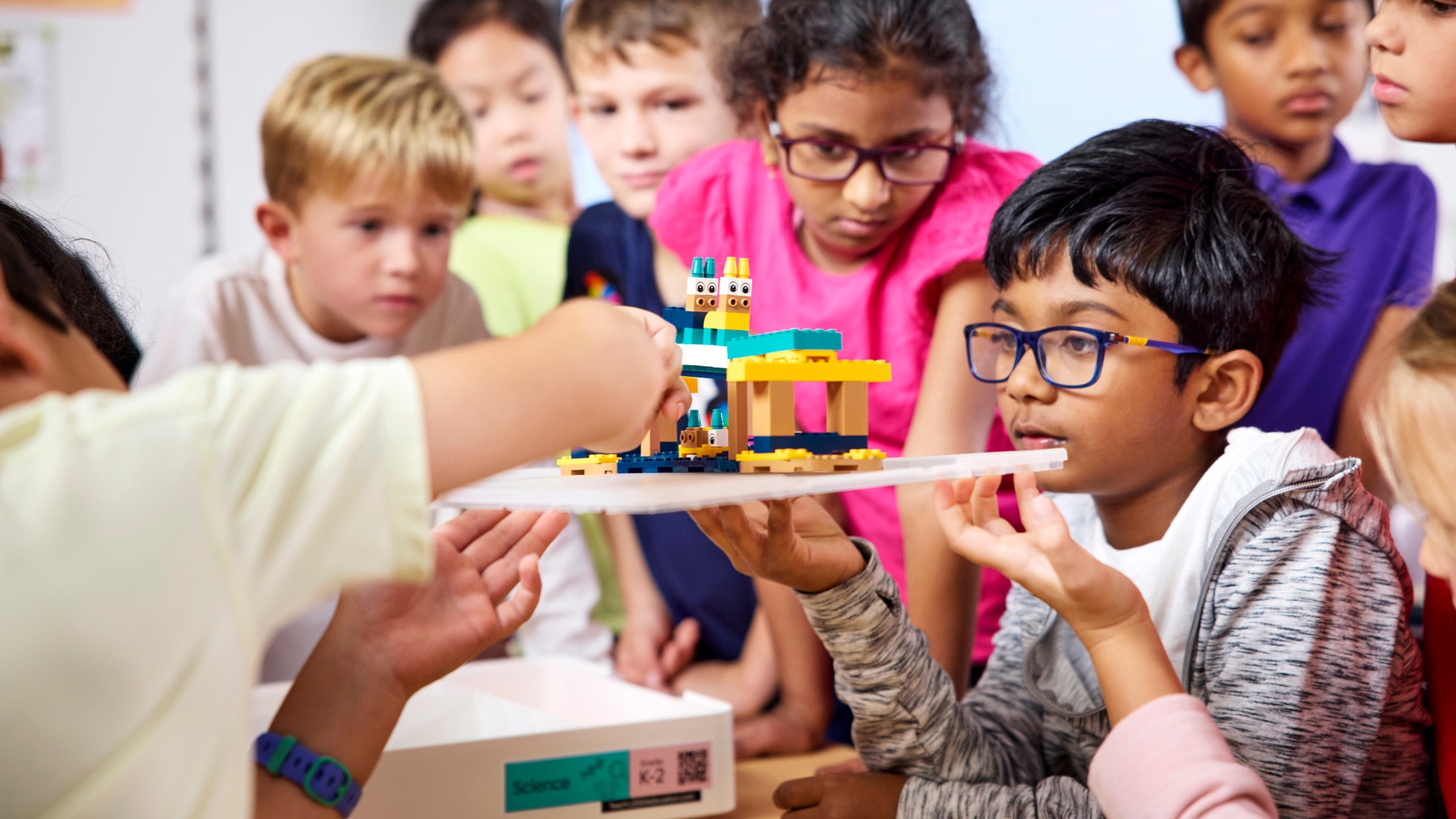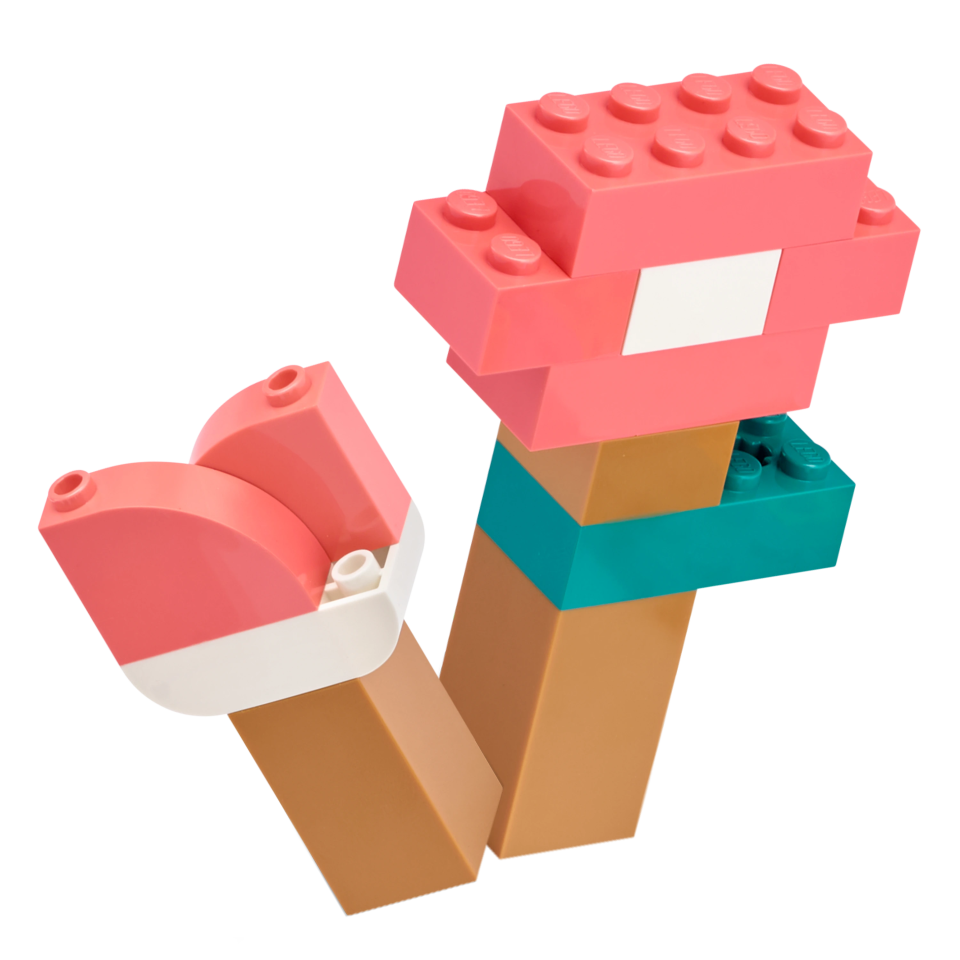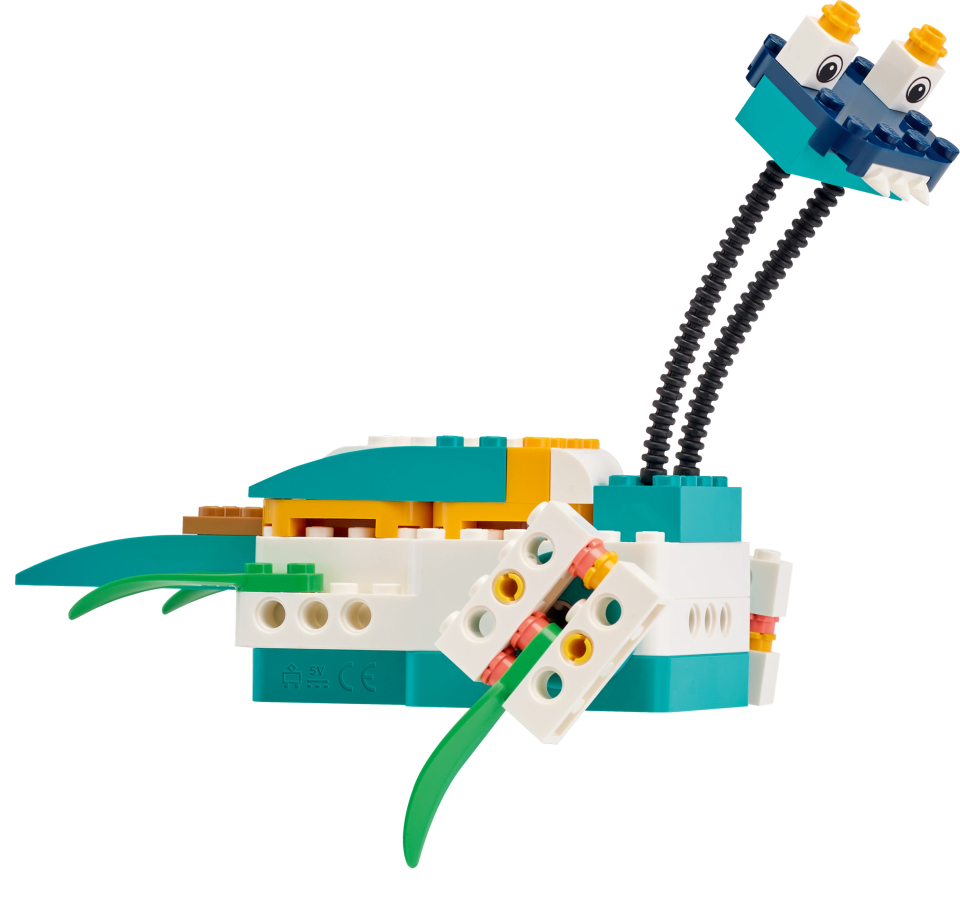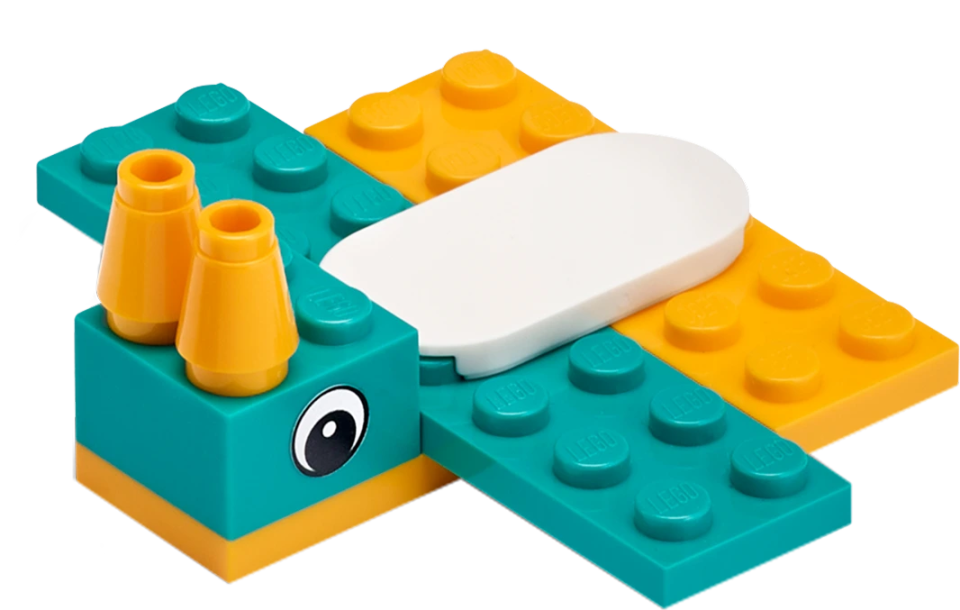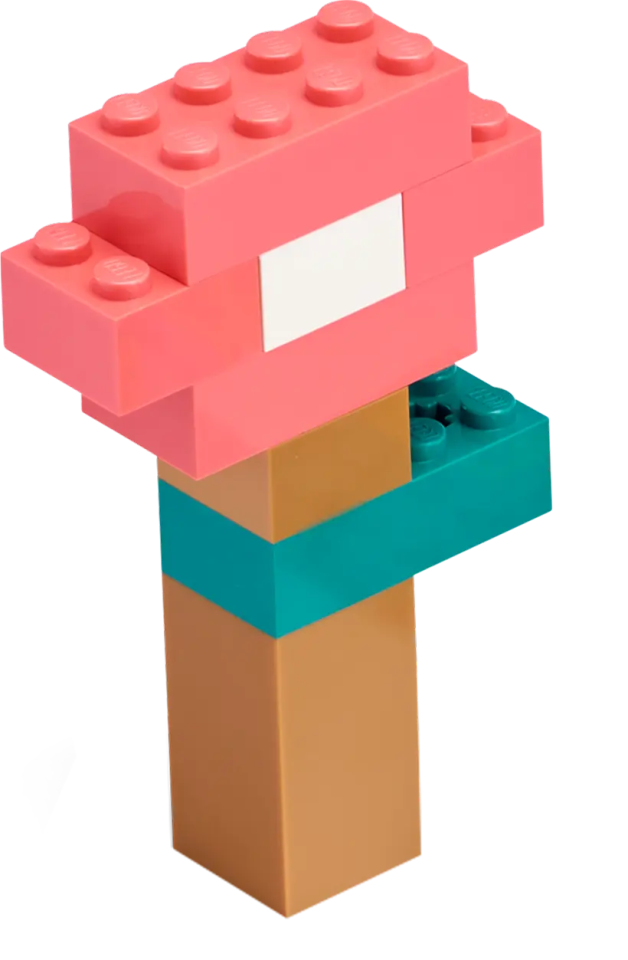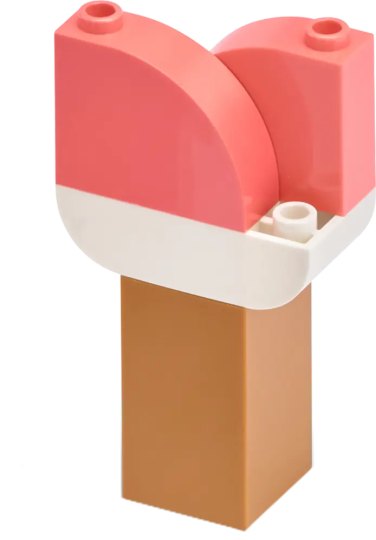Making Time for Science in the Elementary Classroom
In elementary classrooms, science is often the subject squeezed in 'if there's time.' Teachers juggling subjects and priorities find it challenging to create engaging science lessons despite acknowledging that learning science prepares students for the future.
“Children are naturally curious at a young age, with open minds that make them natural explorers who want to learn," said Karla Alfaro, a third-grade teacher at Coldwater Canyon Elementary in California. She would know, too, because she brings 20 years of classroom experience to this conversation, adding, "When given a little information about science, they become increasingly interested and want to push boundaries."
Coldwater Canyon Elementary earned STEAM certification five years ago and it transformed its approach to science education. Now, science is taught four times per week, and Alfaro says having this solid background in elementary has improved students' success in the upper grades.
Scientific curiosity and wonder are at their peak during a student’s elementary years, so this is a critical time to capture student interest before it wanes. That’s why making time for science is a challenge worth solving.
Why Science for Elementary Students Matters
Science helps create an understanding of the world and can influence future careers and even daily life. Yet, teachers are concerned students have only a surface-level understanding of science. By adding engaging science lessons to the school day, students build knowledge, problem-solve, and interact with peers. Through regular science learning, students discover the subject’s relevance and application in the real world.
According to a recent report on engagement in science, teachers observe major benefits of science education:
- 62% say science-related skills are increasingly important throughout life
- 82% believe it strengthens critical thinking
- 77% believe it promotes curiosity
- 65% say it boosts creativity
This is why many educators are looking for creative ways to incorporate meaningful science learning without adding to their workload.
Finding Time for Science in a Full Schedule
In a perfect world, elementary science would have equal time in the daily classroom schedule. Currently, elementary science instruction time averages just 17 minutes per day (90 minutes weekly). Yet, innovative teachers like Alfaro demonstrate quality often matters more than quantity.
Alfaro notes the push for tested subjects like reading and math often results in less time to spend on science education. "We noticed that these elementary students were arriving to middle school with no base in science concepts." Alfaro said this gap, and STEAM certification requirements, prompted their school to prioritize regular science instruction.
Finding the right solution makes science learning engaging. When Alfaro’s students use LEGO® Education SPIKE™ Essential, their passion for learning is palpable.
"They want to keep going once they realize the team has found a solution one way. They want to try that solution or find a different one," Alfaro explains. "Sometimes it takes longer, not because they can't do a task, but because they want to keep adding to what they have."
However, many teachers have limited time, so thoughtfully designed educational resources matter. Teachers need solutions that seamlessly integrate into busy schedules while keeping students engaged. That’s why LEGO® Education Science offers 120+ standards-aligned lessons that fit into a 30–45-minute period, with minimal prep required.
Three Practical Solutions for Science Integration
One of the reasons LEGO® Education developed LEGO Education Science is so the amount of time needed to plan, prepare, set up, and cleanup is almost none. Here are other ideas for fitting science into the day:
1. Cross-Curricular Connections
Though math and language arts get priority because they're tested, science teaches valuable skills that can be integrated across subjects.
At Coldwater Canyon Elementary, Alfaro and colleagues integrate science into language arts to build vocabulary and English language development. "We're pushing for speaking, listening, reading, and writing in English, and the students apply those skills through science lessons."
For effective implementation, Alfaro recommends planning collaboratively with colleagues. "We discuss how Unit 1 in reading matches nicely with Unit 5 in science, then determine if we can teach them at the same time," Alfaro explains. "Then, we identify what components are missing that we can supplement."
2. Hands-On Learning Experiences
Students who participate in hands-on experiences are 2x as likely to engage in science class and 1.5x more confident learning science, according to a recent report on engagement in science in the U.S. However, the same data shows that only 52% of science teachers believe students are engaged, with just 55% of students regularly receiving hands-on experiences.
Whether designing structures to withstand earthquakes or creating animal habitats, practical, hands-on experiences bring science concepts to life. Solutions like LEGO Education Science place learning directly into students’ hands through carefully crafted materials and lesson plans.
3. Power of Administrative Support
School leaders can nurture thriving science classrooms by providing necessary resources and helping teachers meet curricular requirements. For example, administrators can:
- Provide hands-on learning resources
- Establish community STEM partnerships
- Schedule common planning time for science
- Offer professional development for cross-curricular integration
Alfaro’s experience highlights the impact of supportive leadership: "Our principal has been with us for about 12 years, and she's the reason we're STEAM-certified and receive donations to fund our program. She asks what we need and provides materials and time.”
Additionally, administrators can help teachers build confidence in science instruction through scaffolded support and ready-to-use solutions like LEGO Education Science.
Tips for Making Every Minute Count
Many of Alfaro’s lessons are part of a video-based science program adapted to be interdisciplinary. Each lesson includes a STEAM component and focuses on English language vocabulary development. On average, it takes 8-10 days to get through one lesson due to the emphasis on English vocabulary acquisition.
Alfaro understands the effort it takes to deliver quality instruction, so she recommends teachers who deliver lessons with a lot of moving parts do a few things to optimize time and energy:
Plan Strategically with Colleagues
Look for natural connections between units across subjects and map these out before the school year begins. Get creative with how you combine subjects in your interdisciplinary planning. Alfaro and her grade-level team meet for one or two hours weekly and one hour a month specifically for science planning. Beyond that, Alfaro plans individually during her prep time.
Use Preparation Time Wisely
Science lessons don’t need to require a lot of time to plan, prepare, set up and clean up. Explore solutions such as LEGO Education Science that are ready to use out of the box with prepared lessons and reusable materials.
You could also prepare materials and lesson resources ahead of time to avoid last-minute scrambles. Consider creating and storing a variety of reusable graphic organizers and recording sheets that complement may types of lessons so they’re on hand when you need them.
Create Systems that Save Time
Establish clear storage systems with labeled materials for each group and create smooth transition routines between activities. Have a place for everything so cleanup is easy. For example, LEGO Education Science has easy-to-store kits that simplify classroom management.
Build Student Independence
Front-load training for procedures early in the year so students can eventually manage materials and routines themselves. "You want to get to the point where students can run it themselves. That takes a lot of training at the beginning, but it pays off at the end."
Observe Other Teachers and Document What Works
"This is my best advice. We always can learn from somebody else, whether it's organization tips, a routine, or a teaching strategy." It’s best when you can watch another teacher in action but note educator tips whenever you come across them.
When you find a time-saving approach successful, capture it so it can be shared with new teachers joining your team.
Small Changes Can Have a Big Impact on Elementary Science Students
It’s worth making time for students to experience regular science learning and it doesn’t require a complete schedule overhaul. It begins with intentional small steps that grow over time.
With strategic planning, teachers can make time for powerful science learning experiences that fit within real-world time constraints. These experiences fuel students’ passion for learning and problem-solving that equips them with tools and knowledge because the future is in their hands. The goal isn't perfection—it's progress toward helping students see themselves as capable scientific thinkers.
Students ask big and deep questions, and sometimes I don't know the answers," Alfaro said. "So, I say, 'Now you are the scientist. Go research and tell me about it later.' When they continue with the research on their own, you know you've piqued their interest."
